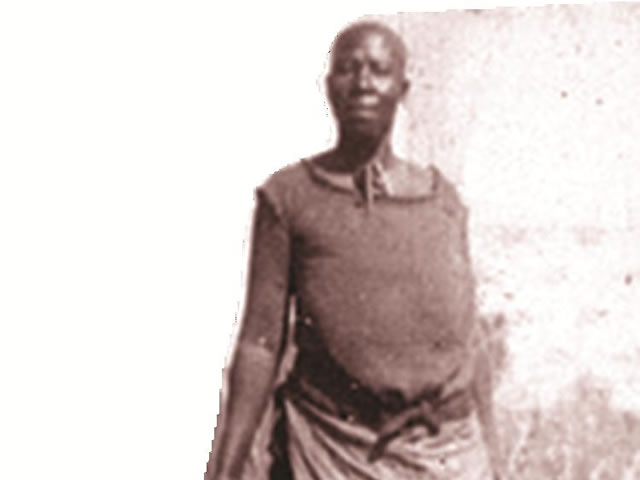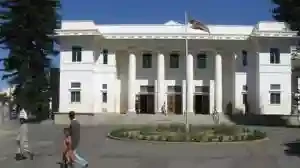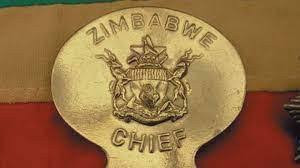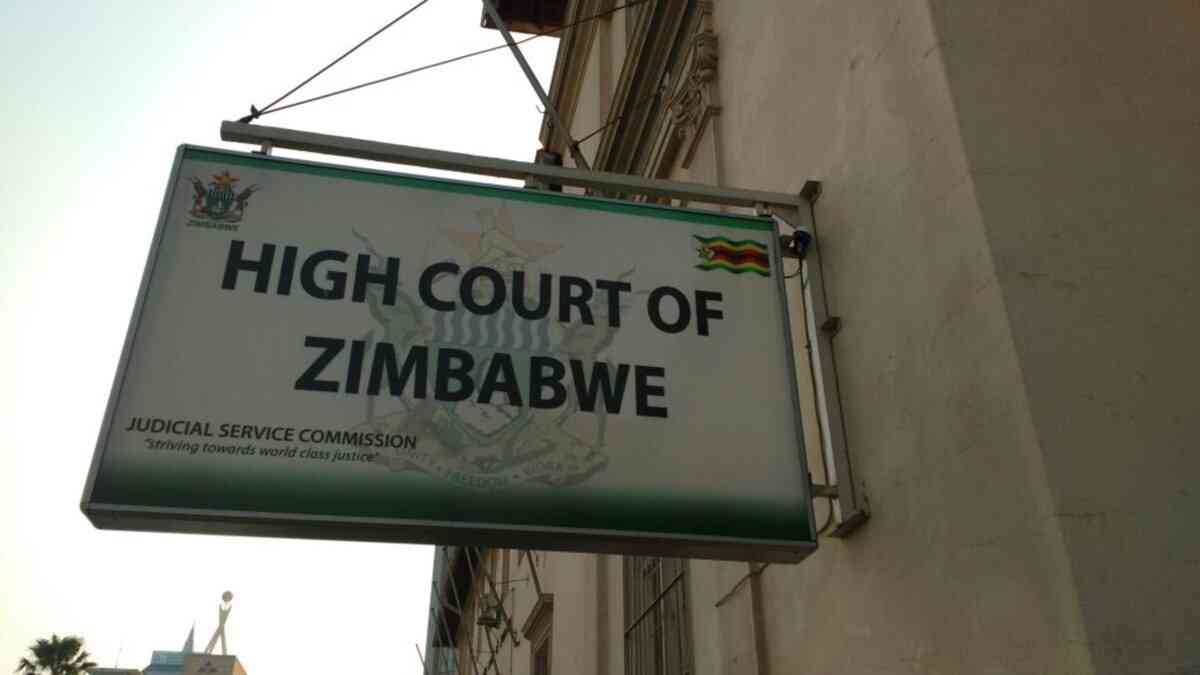
VILLAGERS in the Nkosikazi area of Matabeleland North have decried the poor state of King Lobengula’s wife Lozikeyi Dlodlo’s grave saying it belittles her stature.
BY PHYLLIS MBANJE
The late Ndebele queen was known for her formidable resistance to the invasion by the white settlers in the 1890s.

Her grave is hidden by shrubs in a small graveyard in Nkosikazi, an area named after her.
One of her relatives said “MaDlodlo” — as she was fondly referred to — deserved a respectable burial site because not only was she married to a powerful king, but stood up for her people.
“We are imploring the authorities to at least ensure that she is buried in a respectable place.
“The road that leads to her grave is in bad shape,” said Sibusiso Ndlovu, a great granddaughter of Lozikeyi.
Years after her death, the “steel” woman is still revered in the community.
- Chamisa under fire over US$120K donation
- Mavhunga puts DeMbare into Chibuku quarterfinals
- Pension funds bet on Cabora Bassa oilfields
- Councils defy govt fire tender directive
Keep Reading
Her relatives said when the first white settlers came, the queen lobbied them to build a primary school in the area and they obliged.
“When the white people came, they consulted her on everything to do with the school and when it was finished, MaDlodlo officially opened it in 1910,” Ndlovu said with pride.
The school, although still standing, has not been developed much and the villagers are keen to see it becoming one of the best in the province.
“We want to see the school offering computer lessons to the children, there is still no administration block,” said Ward 16 councillor Memory Linyani.
A secondary school was later built and was named after Lobengula’s grandson, Dabengwa.
Linyani said it was sad that Lozikeyi’s contributions were not being recognised by the present government.
“The road that leads to her grave needs to be graded, but the last time such a request was made we were told that it would interfere with the irrigation scheme,” she said.
Requests to take pictures of the grave were denied as the appropriate rituals had not been done.
“You would need to get in touch with the traditional leadership and once it is communicated through the right channels,you can view the grave and even take some pictures,” Linyani said.










